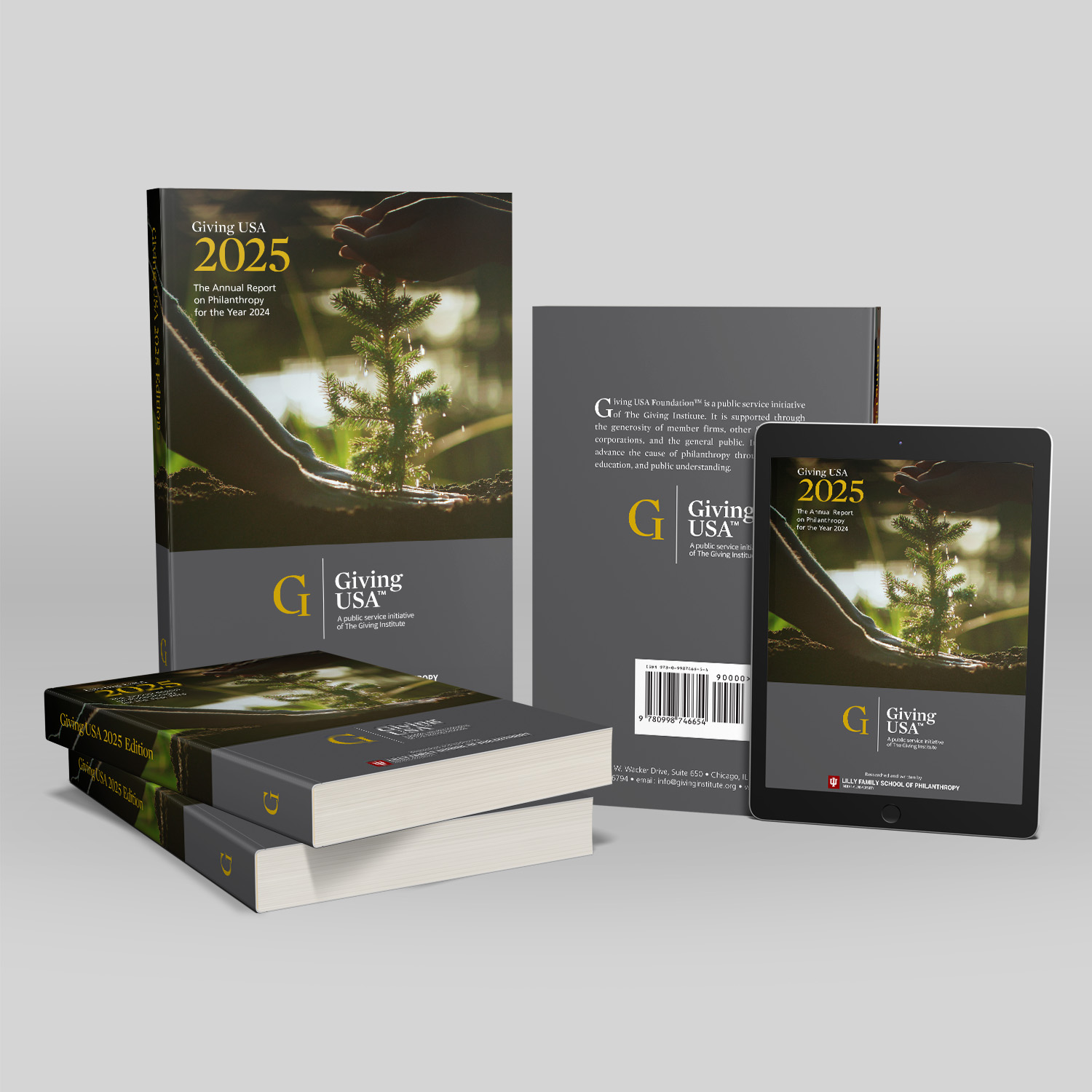During these incredibly challenging and uncertain times, we want our nonprofit community to know that we are here to help make you successful. I have spoken to many of you, and I am in awe of your creativity and commitment.
Through ongoing dialogues and teamwork, we will not only survive this, we believe that your organization will grow and can even improve from these challenges. We will share with you ideas and resources to keep you moving forward even while you aren’t able to meet face-to-face with donors. If we can be a resource for you, please reach out. We want to help.
1. Make stewardship phone calls
- Say thank you to past supporters.
- Provide an update on your organization’s response to the virus and how it is impacting your mission/clients.
- Offer virtual tours and send photos. Share good news! We all need some!
- Call sponsors to let them know of any changes to your events calendar. Discuss the impact of this pandemic, thank them for their support and ask them to transition sponsorship dollars to annual fund or another special project.
2. Clean up your data and analyze key reports
- No matter how hard we try, things get misspelled, gifts are miscoded and those records that have been on your to-do list for months are still there. Take the time to fix these issues.
- Look deep at key donor data points such as trends in donor retention and stewardship, number of donors at each gift level, and corporate, foundation and individual giving totals.
- Pull important reports to inform your outreach (see step one!):
- Top 100 donors of all time
- Top 50 annual fund donors (last three years)
- Loyal lower-level donors/members with 10+ year giving histories
3. Create or review your development plan
- Use the information you collected from your updated database. Set goals, time frames and metrics, create gift tables and measure progress. We have a blog post with more specifics to help you get started.
4. Conduct wealth screening and research potential foundations
- Set yourself up for success by using this time to conduct and analyze prospect research and run a wealth screen of your database.
- Also research potential foundation funders and create/update your grant cycle calendar.
5. Establish a moves management system
- The fundraising process works. When you can move a prospective donor through a cycle of cultivation, solicitation, and stewardship, you have created a pipeline for new and renewed donors. Spend time identifying which donors should be in that cycle (use that updated database and wealth screening data), the tools you have at your organization to move them through that cycle and what you can do to track progress.
- Define your categories, revisit prospect assignments and update your database accordingly.
- Check out this blog post: 5 Ways to Make Your Major Gift Program a Major Success.
6. Refresh the language in your appeals and thank-you letters
Check out some of our past blog posts for some inspiration:
- How to Write Thank-You Letters Your Donors Will Actually Read
- Top 5 Pitfalls to Avoid When Thanking Donors
- Clients v. Donors How to Write Without Making a Wrong
7. Review and update your fundraising policies
- While not something you will reach for every day, having policies to turn to in times of question or uncertainty is an important component of a strong fundraising program.
- Prioritize: Gift acceptance, naming, stewardship and campaign policies.
8. Invest time in your professional development
- Now could be a great time to look into online learning opportunities. Finally, complete the forms to work toward your CFRE. Read that stack of articles that has been piling up. Check out our resource list for other fundraising resources.
9. Ask for help when you need it
- Reach out to colleagues or peers to connect and learn from each other, set virtual lunch hours and discuss how you are all adapting to this new normal.
- As always, we at The Curtis Group are simply a phone call or email away. Please reach out; let us know if you would like to set a time to talk through how this is impacting your organization. We remain committed to being your “thinking partners,” and we look forward to seeing you all again very soon.
About The Curtis Group: Since 1989, The Curtis Group has helped nearly 200 nonprofits—conducting over 150 planning studies and raising hundreds of millions of dollars. This firm of consultants to nonprofits is based in Virginia Beach, Virginia, and works throughout the eastern United States. The Curtis Group is a member of The Giving Institute, the nation’s research and thought leader on philanthropy, and President Keith Curtis additionally is past chair of Giving USA Foundation. Learn more at www.curtisgroupconsultants.com.
 By Victoria Dietz
By Victoria Dietz

